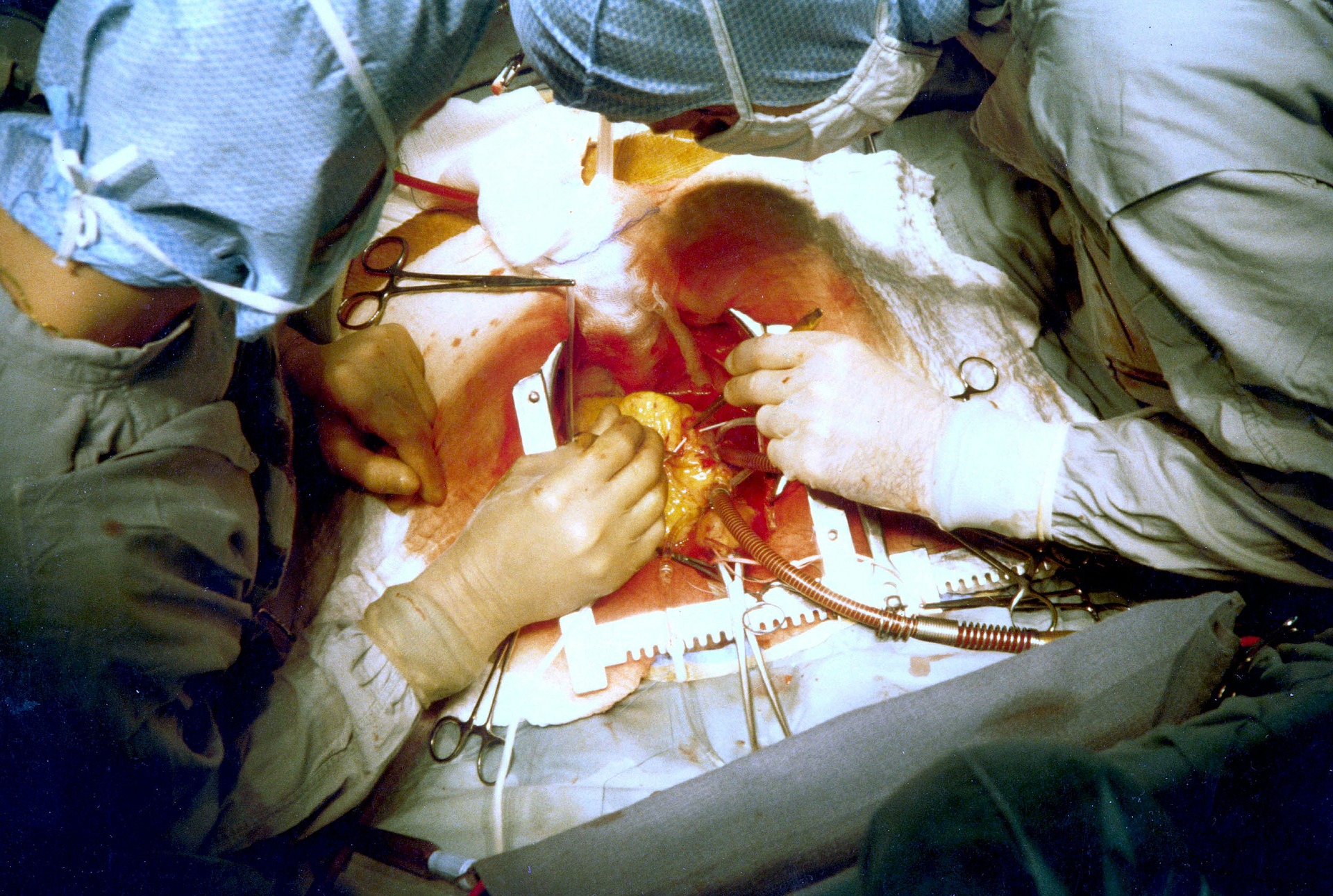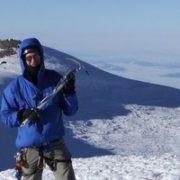
What’s in a number?
Meet Ron Benfield, Vancouver, WA.
Numbers are a big deal for Ron.
He has been swimming in them for over four decades as a finance executive with several prestigious hospitals and health systems.
I met Ron last fall on the phone while doing business development work with an executive healthcare outplacement and career transition firm, Wiederhold and Associates.
Ron is a previous client of W&A. My call was a courtesy “catch up” call to nurture an important networking relationship.
In my pre-call prep, I sensed this might not be a typical call. My first hint was the background picture on his LinkedIn profile (shown above). From database records, I knew Ron had just entered his seventh decade (he’s 61). Reaching the top of Mount Rainier at, or close, to that age hinted that this could be an interesting conversation.
It turned out to go beyond interesting.
A “third-age” poster child.
Ron is now on my “Wall of Fame” for modeling a purposeful, productive, fulfilling post-career third age.
(Newsflash: There is still a lot of room on the wall for anyone interested).
Starting new at 59
Ron’s four-decade W-2 career is quite notable. He had earned a reputation as a stellar turn-around financial specialist while serving in various C-level (COO, CFO) roles. Pulling hospitals back from the brink of insolvency became his calling card.
Despite his mastery over numbers, there was one that was out of his control. One that forced his most serious life-pivot.
In his last corporate C-level role, he “had begun to feel the presence of an unwillingness to value a 60-year-old who has seen more things over the fresh views of someone in their 40s.”
He harbored no enthusiasm for the uphill battle to get hired at his age.
Despite being financially set to age 114 (I’ll come back to that number), Ron drop-kicked the idea of retirement, booted his W-2 job (with an ageism-based boost from his last employer) and took his deep expertise and reputation forward into his own business at age 59.
Thus Millwood and Associates was born a year and a half ago, leveraging his team-building and financial turn-around skills to form a consulting firm with seven virtual specialists. Each has unique skill-sets that enable Millwood to do essentially what he did as a W-2 employee – building and directing a team to find and fix the causes of the financial ailments that beset most hospitals and healthcare systems.
Immediate success? No, but close. It took four months to generate customer interest, a time in which Ron discovered what it was like to put on a selling hat.
Meeting expectations at this point? Ron is blown away with their results. They have all they can handle and soon may have to turn away business. And they haven’t reached outside of the state yet!
Ron’s goal with his business is straightforward: to provide his customers with solutions they can carry forward without Millwood being entrenched for the long term. He wants to hand off the knowledge. It’s a philosophy that has his existing customers returning for more help in other areas and the high-class problem of having his team and resources stretched.
His vision is to build a company that will sustain itself “post-Millwood and post-Ron” providing his clients with problem-solving skills to find and permanently plug the plethora of financial leaks that exist in the hospital environment.

I could stop here and have a pretty good article, don’t you think?
But that feel-good story isn’t what excited me most about my conversation with Ron.
It was the life perspectives that Ron brought to the story that I found most profound and helpful. I’ll share three.
Time: 85/15 versus 15/85
Long ago, Ron realized one of the trade-offs of working in the corporate world meant giving up control of a very large portion of your time – as much as 80-85% by his estimate. Meetings, recurring monthly activities, lots of low impact stuff. The 15-20% left over was where one tried to make a difference.
Enough was enough. As he evaluated “what’s next” at 59, he knew he had to reverse that and that would only happen outside the W-2 world.
He has reversed that with his new business. Every day is in his control and virtually every hour within it.
8 of 10
Ron longed for a setting where he looked forward to going to work 8 out of 10 of his workdays, something that happened more rarely in the W-2 world. Starting this business has become a 10 of 10. He can’t believe he gets to do what he does each day, get paid for it and move a needle that badly needs moving.
I suggested to him that it sounds like he has achieved the Japanese concept of “ikigai” which translates to “a reason to get up in the morning” or a “reason for being.” Graphically, it looks like this. He appears to be in that green-shaded sweet spot.
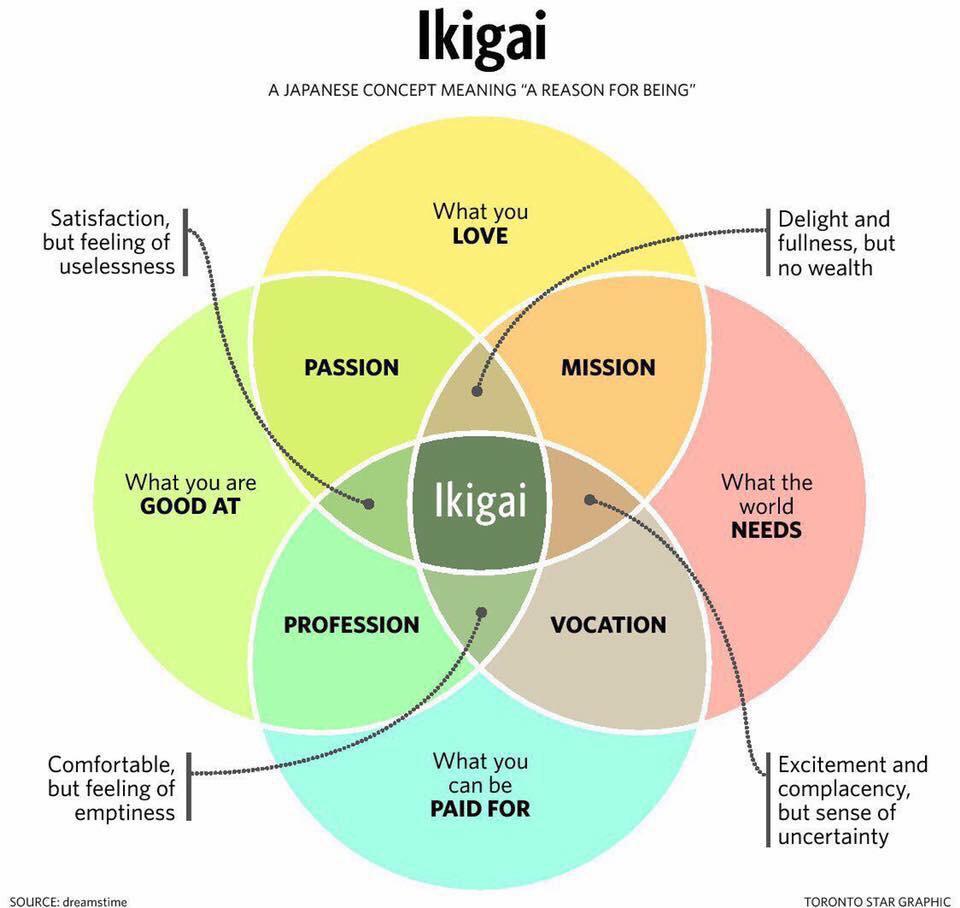
114 years
I was surprised when Ron told me he plans to live to 114, exceeding my goal of reaching 112 1/2. Ron decided, at 57, that he wanted that to be his midpoint so he doubled it for his longevity goal.
He’s quite serious – and confident. His confidence is buoyed by an Adventist upbringing and lifestyle. Raised a Seventh-day Adventist, Ron continues to abide by tenants of the faith which includes a number of things that bode well for extended longevity. For instance.
- He is mostly vegetarian.
- He’s a committed exerciser with mountain-climbing, hiking, and biking his favorite activities.
- He honors the Saturday sabbath which is devoted to restoration through family time, church, no work, no shopping, and a well-deserved nap or two.
- Socially connected – through his business, with his family, church, and within his community.
You may recall that Loma Linda, California – predominantly a Seventh-day Adventist community – was one of the five societies in the world with the highest concentration of centenarians featured in the best-selling book “The Blue Zones” by National Geographic explorer, Dan Buettner.
Ron is still part of a decades-long study of the Adventist lifestyle.
I like his chances of hitting that number.
But most of all I like the model that Ron is following: a balanced lifestyle of labor, leisure, and learning as he moves into his third age.
Ron checks the box for purposeful, fulfilling labor with Millwood.
The leisure box is temporarily not fully checked as business momentum builds, but he has an African trip on the books and several countries selected that he and his wife Joyce plan to visit.
The learning box was checked long ago. Ron is an avid reader, stays on top of changes within healthcare and does sudoku daily. He also is an accomplished cello player which he admits he needs to spend more time with because of the mental challenge it presents.
The last box that Ron checks is the “generativity” box. He is devoted to helping others by sharing what he has learned, in business and in life, with those coming up behind him, whether it be his adult children, friends or aspiring healthcare professionals. Ron is one of the most active and appreciated networkers in the Wiederhold and Associates executive network, never denying an opportunity to share his experience and knowledge with another W&A network member seeking career counsel.
I came away from my conversation with Ron with a greater appreciation for paying attention to the numbers in my life – especially those involving time. Our casual treatment of time overlooks its irretrievable nature, a fact that really squeezes in as we pass the mid-point. I don’t get the sense that Ron is feeling squeezed on that front.
I also have appreciated Ron’s humility. As I do with anyone that I want to feature, I had him review a draft of this article. Although he agrees on the accuracy, he feels it’s a bit too flattering. I don’t. His story just has too much of the message I’m advocating for me not to share details, professional and personal. Sixty isn’t a time for a landing but is a great spot for another take off leveraging acquired professional and life skills and experiences to pay forward and leave something that lives on when the parts are sent back to the universe.
Underneath that humility, Ron is making that happen.
With a 17 year difference in our ages, my 112 1/2 won’t have me around to see if he makes the 114. Would one or more of you out there make a mental note to check on Ron in 2073 to see if he makes it and send me a text? Who knows – by then, we may have that capability.
Do you know anybody like Ron Benfeld (maybe it’s you)? Let me know by email to gary@makeagingwork.com. I really want to feature more stories like Ron’s that draw attention to what we “modern elders” can bring to the table.
Also, if you haven’t, subscribe to this weekly newsletter at www.makeagingwork.com and receive a copy of my free ebook entitled “Achieve Your Full-Life Potential: Five Easy Steps to Living Longer, Healthier, and With More Purpose.”
 P.S. SCREW-UP ALERT! You will be receiving last weeks’ blog again this week in addition to this one. I hit the button a couple of seconds past my pre-programmed publish time last week which pushed it out to this week. Unfortunately, with my email carrier, I can’t take it back. Sorry for the email inbox clutter.
P.S. SCREW-UP ALERT! You will be receiving last weeks’ blog again this week in addition to this one. I hit the button a couple of seconds past my pre-programmed publish time last week which pushed it out to this week. Unfortunately, with my email carrier, I can’t take it back. Sorry for the email inbox clutter. 
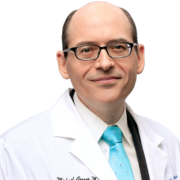

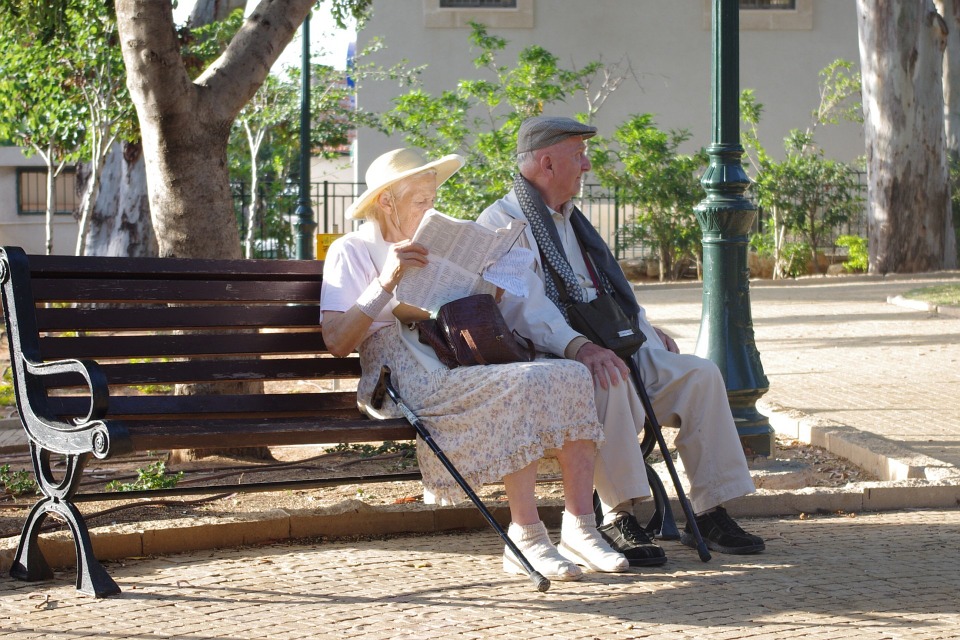




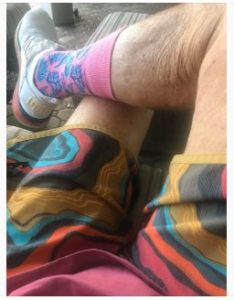
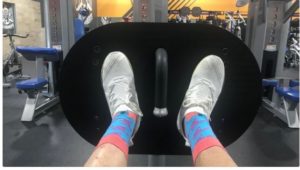
 Take a look at the math. His routine comprises 3-4% of his week. Compare that with the 20-30% of the typical week that goes to some form of screen time, like CNN/MSNBC/FOX energy-sapping covid stories we get sucked into while cortisol and cholesterol do their quiet, insidious destruction.
Take a look at the math. His routine comprises 3-4% of his week. Compare that with the 20-30% of the typical week that goes to some form of screen time, like CNN/MSNBC/FOX energy-sapping covid stories we get sucked into while cortisol and cholesterol do their quiet, insidious destruction.
